Agriculture is one of the primary sources of livelihood for a significant portion of India’s population. However, the sector faces several challenges that hinder its growth and development. One of the major challenges is the lack of modernization and technological advancements in the sector. Addressing these challenges is crucial for the sustainable growth of the agricultural sector in our country.
Mr. Ritwik Bahuguna, Director of Farlense Group and Founder of Roots Foundation, has a vision to design and operationalize bottom-up interventions for enhancing the livelihoods of the most underprivileged. Roots Foundation, his not-for-profit social enterprise, is working in 15+ Indian states in partnership with some of the world’s largest corporates. It has positively impacted the lives of 10 lakh+ farmers, 25,000+ government school-going children, and 10,000+ rural women. In an exclusive interview with TheCSRUniverse, Ritwik shares how the organization is engaged in providing strategic and operational advisory and implementation assistance in the crafts, rural, and livelihood development domains.
Scroll down to read the full interview:
Q. Could you give us some examples of successful interventions Roots Foundation has implemented in the area of sustainability?
A. All projects being implemented by Roots Foundation have a ‘sustainability’ component built into their designs to ensure long-term impact and continuity.
Specific to sustainability in terms of environmental conservation, all our projects in the agriculture sector are designed around sustainability. Take, for instance, our impactful initiatives:
- Direct Seeding of Rice (DSR): Our DSR programs, implemented in over 10 states, transcend mere agricultural practices. They are transformative measures that contribute to water conservation, with reductions of 15-30% in water consumption. This technique also brings about a 50% decrease in drudgery, alleviating the burden on farmers, particularly women. The associated environmental benefits include a remarkable 30-35% reduction in CO2 and CH4 emissions. Importantly, DSR maintains or even improves yield, fostering soil health. The cost-effectiveness is evident, with savings ranging from Rs 5,000 to 8,000 per acre.
To date, we've demonstrated DSR's efficacy through over 2,000 plots, sensitized more than 10 lakh farmers, and provided on-ground training to over 7.5 lakh farmers. Our efforts have resulted in saving a staggering 1,125 million litres of water, and over 2,000 women have been seamlessly integrated with new-age agricultural practices.
- Crop Residue Management Initiative: Recognizing the environmental toll of burning 600-700 million tons of crop residue annually in India, we've initiated a comprehensive Crop Residue Management program. This initiative tackles the health hazards posed by residue burning, emphasizing the importance of different types of machinery such as combined harvesters with Super Straw Management Systems, Happy Seeder, Super Seeder, Stubble Chopper-Shredder, Mulcher, Reversible Moldboard Plow, and Rotavator, as well as Balers. Beyond awareness, we actively connect farmers with the machinery providers/ CHCs during the season and with the markets to sell their stubble, creating a sustainable and responsible agricultural cycle.
Q. How does Roots Foundation incorporate sustainability into the design and execution of interventions to guarantee a lasting impact on underprivileged communities? Can you provide specific strategies or practices that contribute to the long-term success of these initiatives?
A. One of Roots Foundation’s core values is a long-term commitment to community development. Each program extends for a minimum of three years, allowing us to intricately weave ourselves into the community. Our engagement spans beneficiaries, their families, governmental entities, and corporate collaborators, fostering a comprehensive ecosystem that thrives independently. For example, in our Education initiative in Mandya, the resonance of positive impact transforms us into a beacon within the community. As the project approaches its conclusion, stakeholders autonomously contribute and re-design systems in a way that ensures sustained growth beyond our direct involvement.
We maintain a steadfast commitment to our projects, tracking progress over the next three years. Importantly, financial constraints have never compelled us to withdraw from any location since we have been very successful in establishing self-propelling ecosystems.
Q. When facing challenges in the implementation of interventions, what specific obstacles has Roots Foundation confronted, and what innovative solutions or adaptive measures were employed to overcome these hurdles? Understanding the nuances of your problem-solving approach would be insightful.
A. Initiating any program involves obtaining permission from the local administration, which may be time-consuming. The bureaucratic process often results in delays, particularly affecting projects scheduled to commence at the start of an academic year, such as those in Education and Sports. This timing constraint presents difficulties when programs are intended to align with the academic calendar. Additionally, agricultural projects face dependencies on cropping systems, making timely clearances a critical factor for project initiation.
Being in constant communication with district administrations, we proactively inform them before entering a new geography. Also, the local communities often speculate about the intent and involvement of a foundation headquartered in Delhi, and to address this, our expert team conducts sensitization workshops. These workshops serve to break the ice, allowing for a smooth launch of the program.
While Roots Foundation has a strong presence in the agriculture sector, the variable climatic conditions sometimes pose challenges, resulting in efforts that may not bear immediate fruit. In such instances, our team engages in transparent communication with communities, explaining the factors influencing the outcomes. Regardless of seasonal challenges, we remain committed to supporting farmers, offering guidance and assistance beyond harvest seasons (or beyond our project mandates).
Q. Delving into the carbon credit program in agriculture, could you shed light on the specific outcomes and transformations observed within local farming communities? How has this program not only reduced carbon footprints but also contributed to the socio-economic development of the agricultural sector?
A. As the climate crisis persists, Indian farmers are increasingly feeling its impact. With over 55% of the country's population employed in agriculture, the sector is vulnerable to climate-related issues like soil degradation, changing seasons, volatile market prices, and rising input costs. Amid these issues, the Energy Conservation (Amendment) Bill, 2022, with its focus on developing the domestic carbon market (Carbon Credit Trading Scheme (CCTS) is a momentous step which offers a glimmer of hope for the struggling farmers. Carbon markets can foster innovation, collaboration, and transparency in the fight against climate change.
Awareness is essential for driving farmer participation in carbon credit programs, as currently, only a small fraction of farmers understand the concept. However, local farming communities have seen tangible benefits, including informed decision-making leading to reduced carbon footprints, improved soil health and biodiversity, additional revenue streams, knowledge empowerment, and strengthened community development.
While reducing carbon footprints, the monetization of carbon credits through these programs provides dual benefits to farmers. Firstly, they receive financial incentives for the carbon sequestered in their lands. Secondly, improved agricultural practices result in healthier soil and also positively impact groundwater table and soil temperatures. Additionally, the ecosystem creates green jobs and strengthens resilience to climate change, fostering social cohesion.
Multiple stakeholders, including nonprofits, farmer producer organizations (FPOs), agri-tech companies, and carbon credit traders, are pivotal in facilitating farmer participation. Aligning existing farming schemes with carbon credit initiatives at the government level could further enhance farmer engagement and promote sustainable agricultural practices at scale.
Q. How does Farlense collaborate with other organizations and government bodies to maximize impact and reach?
A. Farlense, our for-profit arm, maintains active engagement with government bodies at both the central and state levels, operating within the spaces of policy advocacy and formulation. Leveraging its on-the-ground presence, Farlense provides constructive insights to various government bodies, articulating the actual needs of local communities and the underprivileged. We’ve tried establishing two-way communication toensure a more informed and responsive approach to addressing the challenges faced by the grassroots communities that we work with.
Q. How does Roots Foundation collaborate with local communities and involve them in the decision-making process?
A. For instance, Roots Foundation's education and sports programs prioritize student-centric approaches, but they are inherently multi-stakeholder initiatives. By actively involving students' parents and implementing an ongoing feedback mechanism through daily discussions, our programs foster a collaborative and inclusive environment. This commitment to engaging all stakeholders is a common thread across all our projects. Regular communication with the community not only facilitates swift decision-making but also ensures that community members are actively involved in the decision-making processes, which promotes a sense of ownership and collaboration.
Q. How does Roots Foundation promote inclusivity and diversity through its sports initiatives, ensuring that individuals of all backgrounds and abilities have equal opportunities for participation and enrichment?
A. Diversity and inclusion are core values of Roots Foundation. The team at RF comprises individuals from various parts of the country, regardless of gender, religion, or caste. This commitment to diversity and inclusion is ingrained in our DNA and extends to all our grassroots projects, especially in prominent tier II and III cities, aspirational, and backward areas.
A significant focus of our work involves children in government schools who have never experienced formal education. Through sensitization workshops in all our projects, we instil in the minds of these children the importance of values such as tolerance, empathy, and compassion. Emphasizing the foundational role of merit, we strive to cultivate a mindset where meritocracy is celebrated as the most crucial aspect of personal and collective growth.
Q. Can you share some success stories of individuals or communities that have been positively impacted by Roots Foundation’s interventions?
- Case Study 1: Empowering Wrestling Champion Kiran Godara through Sports Lab Initiative
Kiran Bishnoi, widely known as Kiran Godara, stands as a distinguished freestyle wrestler from India, marked by her achievements as a brand ambassador for the Sports Lab initiative by Roots Foundation. Her inspiring journey has not only been about personal success but also a deep commitment to grassroots engagement and community empowerment.
Born in Rawat Khera village of Hisar district, Haryana, Kiran's early exposure to wrestling came through her maternal grandfather, RamswaroopKhichadKalirawna, a dedicated wrestler. Following in his footsteps, Kiran developed a keen interest in the sport and began her training journey. Her resilience shone through a career-threatening knee injury, and after a recovery, she emerged as the national champion in 2015. Kiran's journey from her grandfather's wrestling practice sessions to becoming a gold medalist at the Commonwealth Wrestling Championships in 2017 and a bronze medalist at the 2018 Commonwealth Games exemplifies her dedication and passion for the sport.
Roots Foundation recognized Kiran's potential and extended support in terms of infrastructure, finance, and equipment. Not less than a catalyst in Sports Lab, Kiran played a dual role in the Sports Lab project. Not only did she compete at the highest levels, but she also actively engaged with students in intervened schools of Haryana. Her involvement included imparting professional standards of training and conducting educational sessions with parents.
Kiran's community engagement went beyond the wrestling ring. She enlightened parents on how to support their children's sports journey and create a nurturing environment within families. While contributing to grassroots development, Kiran simultaneously prepared for the Asian Games in 2023. Amid her involvement with Roots Foundation, she achieved another milestone by securing a bronze medal at the Asian Games, held from 23 September to 8 October 2023 in Hangzhou, China.
Kiran’s victory at the Asian Games in 2023 not only added another feather to her glorious career but also emerged as a role model for all students enrolled in the Roots Foundation’s Sports Lab initiative. Kiran acknowledged the key role played by Roots Foundation in her journey to success.
Roots Foundation's sports initiative has paved the way for more than 7,000 aspiring athletes to showcase their talents on state and national platforms.
- Case Study 2: Harvesting Change: Dayanand's Journey in Stubble Management
Dayanand, a farmer from Shahpur village in Jind district, could not obtain a subsidy for a baler. However, he had a strong desire to contribute to stubble management and assist fellow farmers. When the Project Bhoomi team met him, he expressed this wish.
Subsequently, the team arranged a baler for rent from the village Dalampura, owned by a farmer who was not using it for some reason. Dayanand then provided his services in stubble management, contributing to the system and assisting 250 to 300 acres of farmers. He extended his contribution to stubble management not only to his village but also to the villages nearby.
Dayanand not only participated in stubble management but also earned a decent income from it.
Project Bhoomi's interventions in the 2023 season have positively impacted 50,000 farmers and transformed 500,000 acres of farmland.
Q. Can you share any lessons or insights that you have learned through your experience working with these communities?
A. The lessons learned through working in the community, collectively shape an approach centered on sustained community engagement, gradual impact, and localized insights.
We acknowledge the importance of genuine integration within the community, highlighting the value of long-term relationships over financial contributions. Second, the need for tangible and sustained benefits for the community, whether in monetary or non-monetary forms, gradually demonstrated over time. It emphasizes that results should not be expected overnight but rather exhibited over a period. Third, the necessity of maintaining a local team within the organization, ensuring constant communication with the field, helps in fostering a deep understanding of the local context.
Q. What are your plans and goals for Roots Foundation? Is there a specific area or issue that you would like to focus on in the future?
A. We strive to be one of the country’s most impactful organizations in the fields of Agriculture, Education, and Sports by 2030. For us, growth isn't solely measured by financial metrics but also by our ability to collaborate with diverse stakeholders such as the government, civil society, international donors, and others. We aim to meaningfully address significant challenges facing our nation by advocating for impactful policies and actively contributing to their implementation. Overall, we foresee ourselves to be an integral part of India’s development (not growth) story.




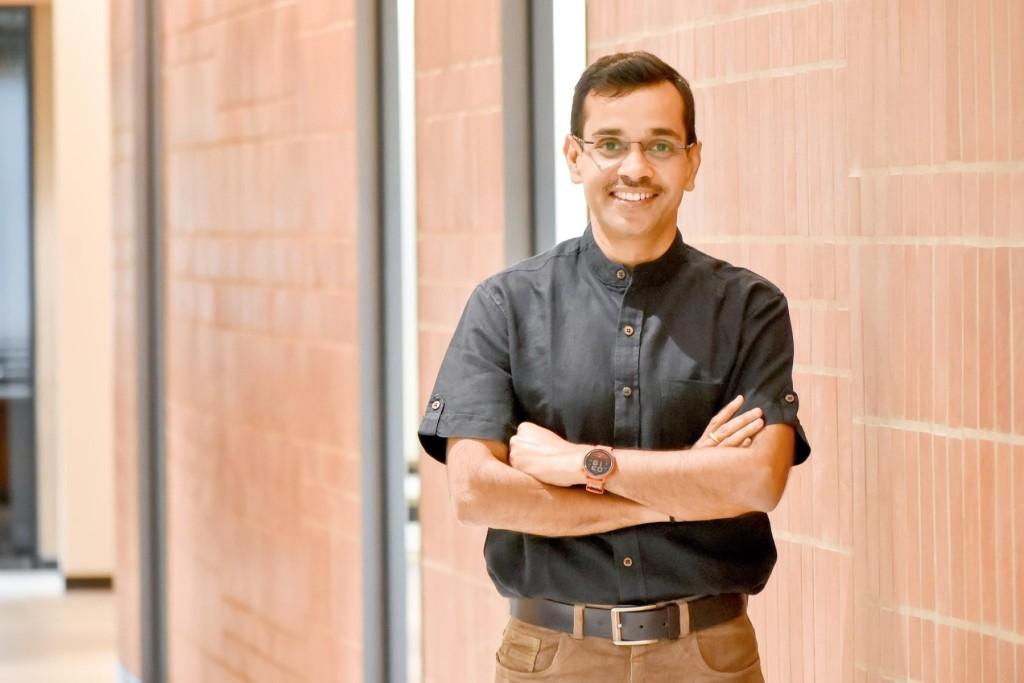

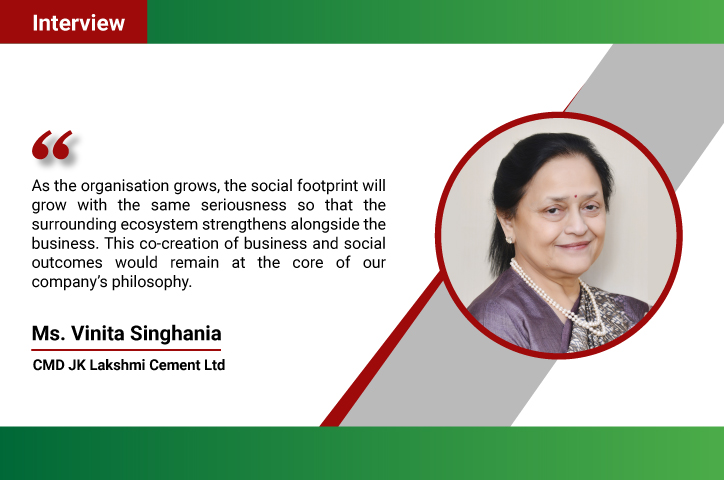
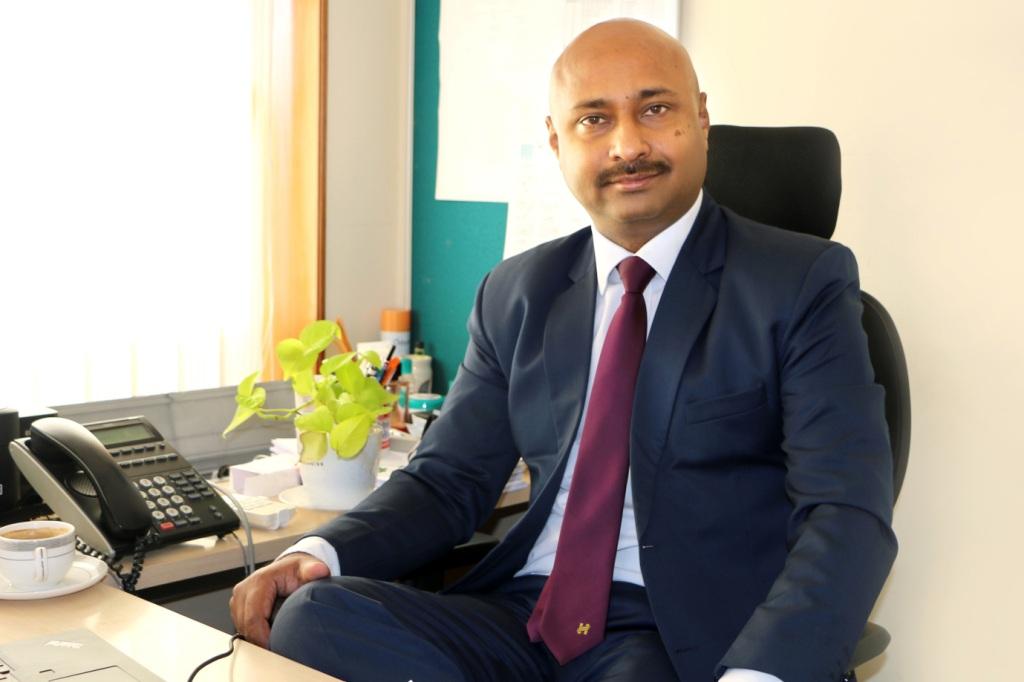
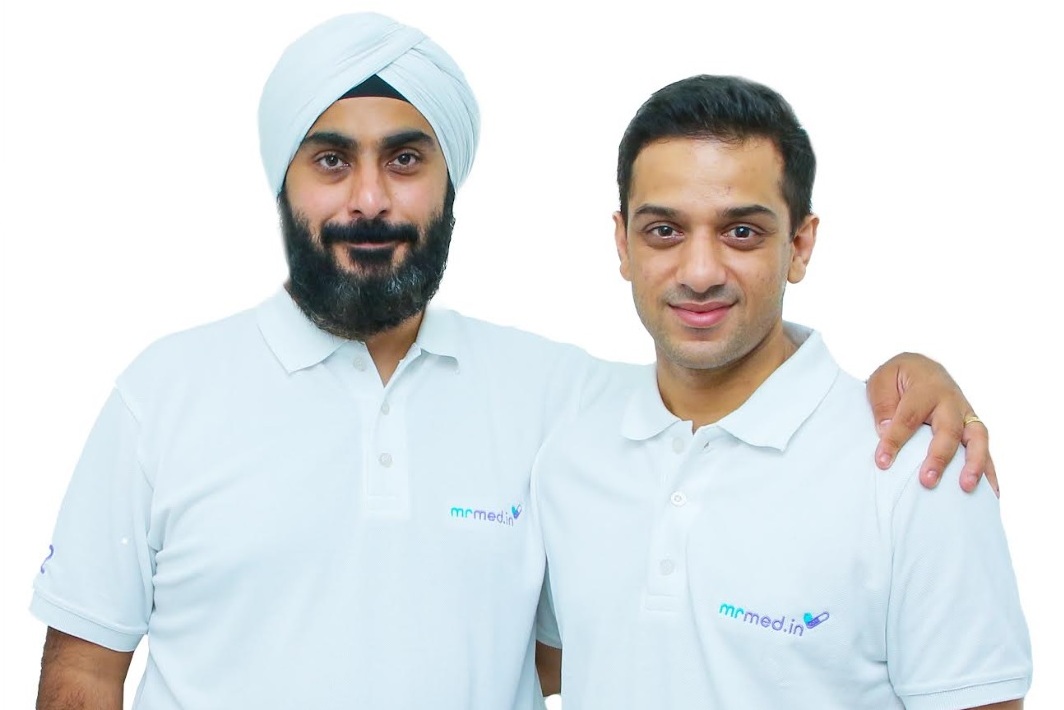
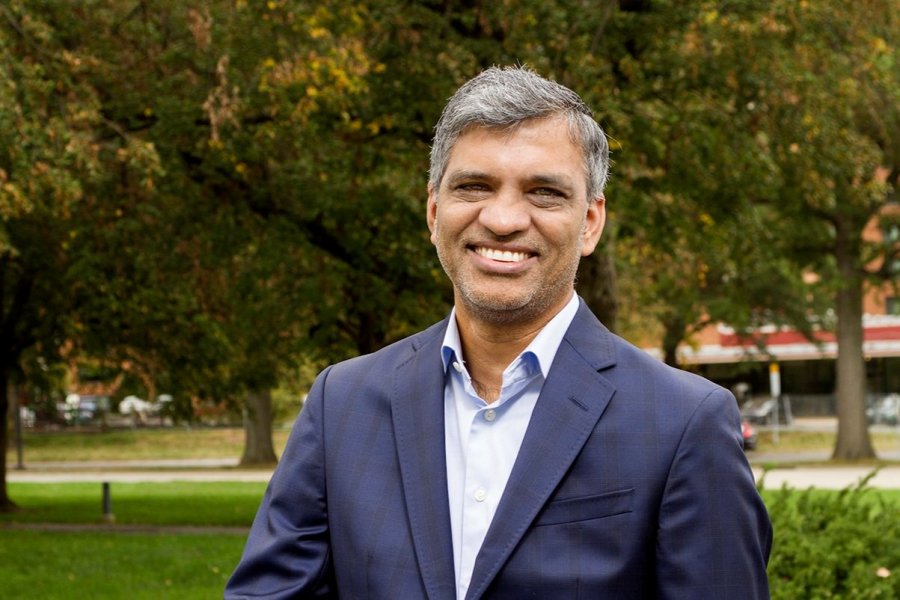



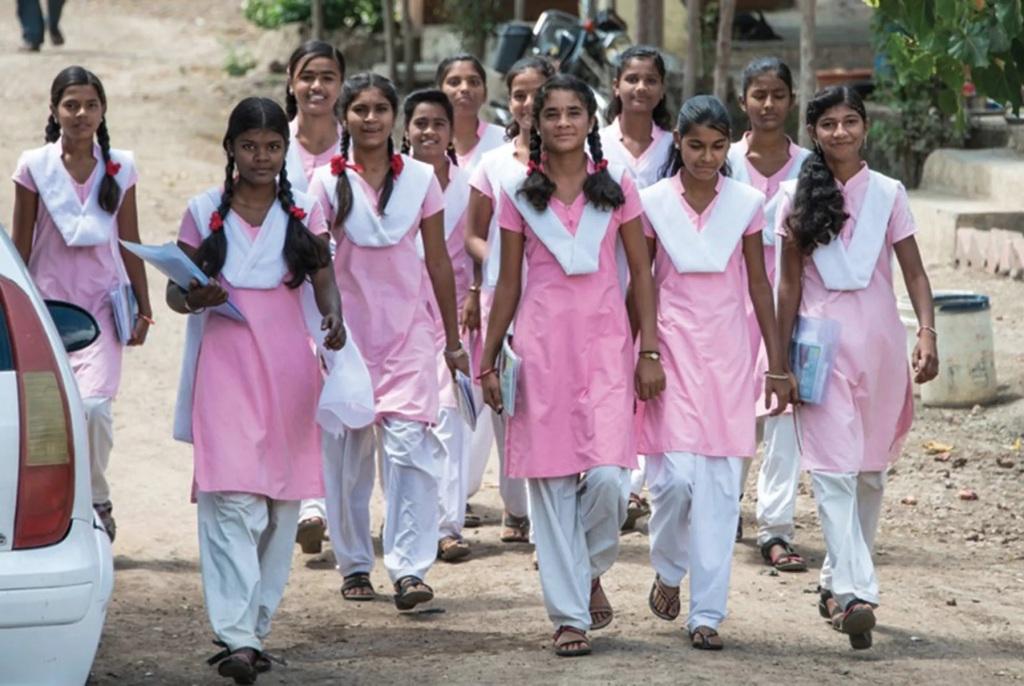

.jpg)




